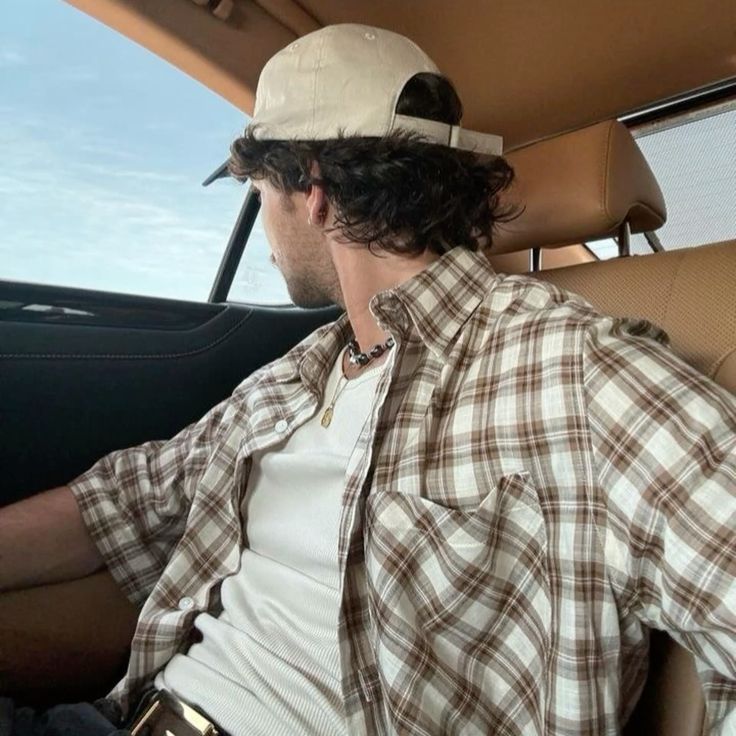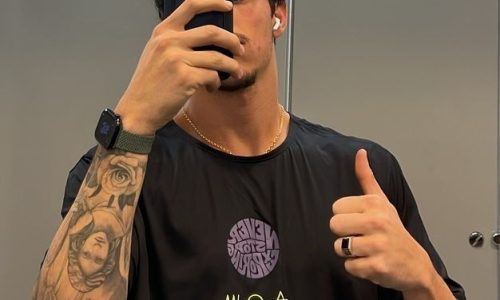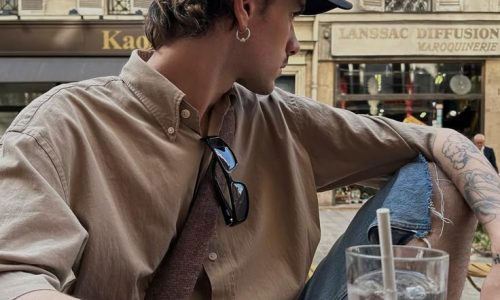
From Pavement to Catwalk: Today’s Most Impactful Fashion Trends
Introduction
In 2025, the fashion world is more interconnected than ever—street culture no longer follows runways, it leads them. Youth movements, regional creativity, digital influence, and social values guide how designers build their collections, turning grassroots sensibilities into global statements. This comprehensive exploration reveals how the raw energy of everyday wear is influencing high fashion, setting the tone for what we’ll see on runways, red carpets, and social media alike.
Lace with an Edge
Once confined to bridal and formalwear, lace is now being reimagined as a symbol of audacious femininity. In 2025, designers integrate lace into urban ensembles—layered under leather moto jackets, embedded in utility vests, or featured as runway centrepieces. Runway highlights include full-lace trench coats, embroidered skirts peeking from distressed denim, and mesh-insert bodices. This resurgence transforms delicate craftsmanship into a statement of strength and individuality.
Refined Relaxed Tailoring
The modern suit has shed its rigidity. 2025 iterations blend tailored shapes with relaxed ease—think slouchy blazers in crisp linen, wide-leg trousers with drawstrings, and trench coats cut in broken twill. Designers like Sacai, Dries Van Noten, and The Row are creating vest-style jackets with dropped shoulders and fluid cuts, offering comfort without compromising polish. The new power dressing is about ease as much as authority.
Powder Pink and Pastel Accents
Pastel hues—particularly powder pink—are dominating runways and street style alike. The softness of these tones is being juxtaposed with sharp silhouettes and unexpected pairings: pastel trench coats worn over biker shorts, blush-toned blazers with metallic trousers, and powder-pink trousers matched with utility accessories. These palettes bring a subtle kind of boldness that’s both modern and romantic.
Indie Sleaze Meets Nostalgia
The subversive energy of early-2000s underground scenes returns with a twist. Leather mini-skirts, mesh tops, metallic bodysuits, and graphic tees styled under tailored pieces capture a raw DIY spirit. Urban gatherings now feature this mix—luxed-up grunge Levi’s, statement chains, and layered chokers. This underground revival is less about rebellion and more about reinterpreting nostalgia through a polished lens.
Peep‑Toe Heels Revived
Footwear is taking a fashionable step back—literally. The peep-toe heel, once considered retro, has resurfaced as a symbol of playful sophistication. Designers fuse the silhouette with modern materials: transparent PVC, rubber-coated straps, and block heels graced with architectural detailing. This hybrid footwear reflects a playful confidence—creating an approachable yet elevated footwear choice.
Texture Play: Fringe, Feathers & Fur
Tailored ensembles are being disrupted by tactile details. Designers are embellishing trench coats with fringe trim, introducing feathered accents on sleeves, and layering faux fur elements onto leather jackets. These textural interventions make familiar silhouettes feel fresh, adding movement and sensory stimuli to everyday looks.
Conclusion
The fashion landscape of 2025 illustrates a powerful narrative—one in which individuality, sustainability, and cultural crossover lead the conversation. What begins on the streets now fuels haute couture; what once belonged to underground style movements finds new life on luxury runways. This symbiosis between everyday wear and elite fashion is no longer a trend—it’s the new standard.
As the boundary between casual and formal continues to dissolve, today’s most influential styles are those that balance expression with comfort, function with creativity, and aesthetics with values. The renewed embrace of texture, the revival of silhouettes from decades past, and the bold reinvention of color palettes all signal a deepening of fashion’s dialogue with real life.
More than a reflection of seasonal whims, the current wave of fashion is a mirror of cultural shifts—toward inclusivity, authenticity, and innovation. Designers are no longer just forecasting what’s next; they are responding to lived realities and emotional needs, translating them into garments that empower and inspire.


